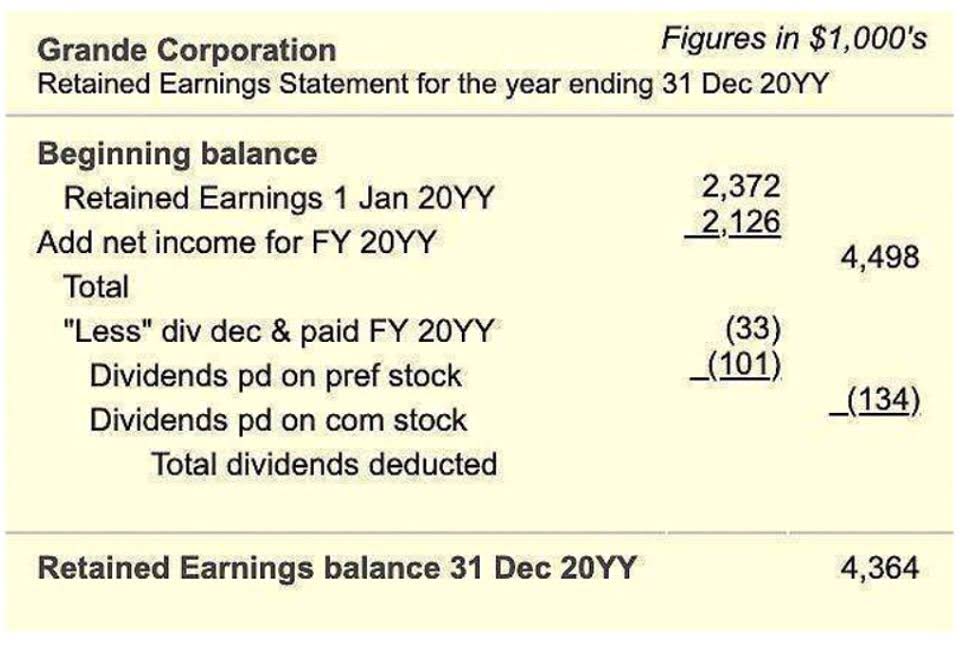
The FIFO (First In, First Out) method is a fundamental concept in financial accounting and inventory management. It refers to the practice of tracking inventory flows and assigning costs on the assumption that the oldest goods in a company’s inventory are sold first. When it comes to inventory accounting methods, most accountants would agree that accurately representing the flow of inventory is critical for precise financial reporting. Though both methods are legal in the US, it’s recommended you consult with a CPA, though most businesses choose FIFO for inventory valuation and accounting purposes.
- This is because this inventory method assumes that the first items to be sold in that accounting period are the most expensive to produce.
- The FIFO Calculator is free, it is available right here on this page, its quick and easy to download and simple to use.
- Intuit Assist handles administrative items on your to-do list, so you can focus on big picture growth.
- The remaining two guitars acquired in February and March are assumed to be unsold.
- For example, say a business bought 100 units of inventory for $5 apiece, and later on bought 70 more units at $12 apiece.
- That’s why it’s important to have an inventory valuation method that accounts for when a product was produced and sold.
The Weighted Average Method vs. FIFO

For example, FIFO can cause major accounting discrepancies when COGS increases significantly. If accountants use a COGS calculation from months or years back, but the acquisition cost of that inventory has tripled in the time since, profits will take a hit. It also does not offer any tax advantages unless prices are falling. The FIFO method, a widely recognized inventory valuation approach, operates on the principle that the oldest inventory items are sold first.

Step-by-Step Guide to the FIFO COGS Formula
Find the guaranteed cheapest rates for any courier in seconds with Easyship’s free shipping rate calculator. Compare discount rates from USPS, UPS, FedEx, and 550+ courier services at a glance. You’ll save big on our discounted shipping rates up to 91% off, and save time with smart automation. Use our guided walk-through to build the perfect shipping policy for your eCommerce business. Create your free Easyship account to streamline shipping and save with discounted rates.No hidden fees.

How FIFO and LIFO impact your financial statements
Last In First Out, or LIFO is particularly useful if you want to decrease the amount of taxed income. In simple terms, you just multiply the cost of an item by its quantity to get the inventory value. If you have various costs for different batches on site, then you should multiply each quantity payroll by its cost price, then add up for all the batches. Using the products that were placed in the inventory first means keeping the items in a restaurant fresh, the electronic gadgets safe from humidity, and the latest fashion trends hot. With a time-tested accounting method and the right technology, you can unlock real-time visibility, tighten operational control, and drive better decision-making across the entire supply chain.
How to Calculate Ending Inventory Value Using FIFO?
- The FIFO method can result in higher income taxes for a company because there’s a wider gap between costs and revenue.
- FIFO stands for “first in, first out”, which is an inventory valuation method that assumes that a business always sells the first goods they purchased or produced first.
- Inventory valuation has a significant effect on balance sheets and inventory write-offs.
- If the number of units sold exceeds the number of oldest inventory items, move on to the next oldest inventory and multiply the excess amount by that cost.
FIFO Medical Billing Process means “First In, First Out.” It’s a valuation method in which older inventory is moved out before new inventory comes in. Using both the FIFO and LIFO methods will allow you to streamline your inventory management seamlessly. You will be able to make informed decisions, optimize your stock valuation, and embrace sound financial strategies. They provide a clear picture by determining what inventory is still on hand after sales are accounted for. The formula takes the sum of the beginning inventory and net purchases, subtracting out the cost of goods sold to reveal the ending inventory.
- For instance, if a brand’s COGS is higher and profits are lower, businesses will pay less in taxes when using LIFO and are less at risk of accounting discrepancies if COGS spikes.
- The best advantage of using the LIFO Method has to be the tax savings.
- This results in inventory assets recorded at the most recent posts on the balance sheet.
- Get an instant estimate of all applicable taxes and duties for every country across 220+ global destinations or sign up and take advantage of our in-built HS Code lookup tool.
- Conversely, the LIFO approach focuses on sending out the most recently acquired merchandise first – a strategy that can be particularly beneficial in managing cash flow and tax implications.
- Their choice of inventory management/valuation method will impact the reported profitability, income taxes, and balance sheet values.
For example, consider a company with a beginning inventory of two snowmobiles at a unit cost of $50,000. The company purchases another snowmobile for a price of $75,000. For the sale of one snowmobile, the company will expense the cost of the older snowmobile – $50,000. Accurate COGS recording is also critical for tax fifo calculation formula reporting, as it directly affects taxable income.

What Is Inventory?
The higher valuation tends to be more realistic during inflationary periods compared to other techniques like weighted average costing. The more recent $1.50 cost would show up on the balance sheet as ending inventory. The ending inventory balance is valued at the most recent costs, which reflect replacement costs at the end of the accounting period. The FIFO method impacts how a brand calculates their COGS and ending inventory value, both of which are always included on a brand’s balance sheet at the end of a financial accounting period. It is an alternative valuation method and is only legally used by US-based businesses.
